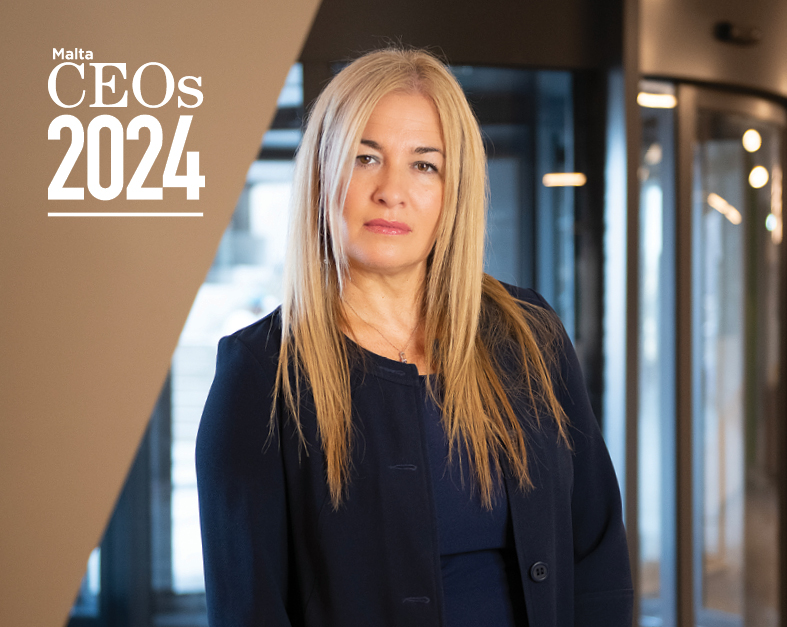In the past year, I met several coaching clients in senior roles that were diagnosed at a later stage in their life with ADHD. Despite their diagnosis, they managed to go up the corporate ladder and contributed to the business and their teams.
Do you know that in the US, ADHD diagnoses among adults are growing four times faster than among children? Currently, the increased rate (among adults) has reached +123.3 per cent.
ADHD – or attention deficit hyperactivity disorder – characterises some of the most valuable creative and decisive team members and entrepreneurs. Take for example Virgin’s Richard Branson or Ikea’s Ingvar Kamprad, who are both diagnosed with ADHD.
Despite the initial difficulties that people with ADHD may experience in getting used to companies’ organisational and management practices, integrating their unique talents within the team’s dynamics should become the leaders’ priority.
Before we get further into some of the best practices on how to guide and lead team members with ADHD to success, let’s first get a better understanding of ADHD.
What is ADHD?
ADHD is a neurodevelopmental disorder that affects people’s behaviour. People, diagnosed with ADHD, have lower amounts of two neurotransmitters – dopamine (the ‘feel-good’ hormone) and norepinephrine (responsible for the body’s ‘fight-or-flight’ or acute stress response).
Due to their hyperactive impulses, adults with ADHD are restless and have trouble concentrating. If you’ve ever had to lead people diagnosed with ADHD, you have probably concurred that their lack of patience makes it difficult for them to follow instructions, be consistent, and deal with organisational tasks. Also, they can at times be too alert and can’t perform under pressure: they either completely ignore stress or get too caught up in it.
But at the same time, team members with ADHD can be innovators – their outside-the-box thinking and creativity allow them to offer a new (at times better) perspective on things. They are excellent multitaskers and depend on their intuition in decision-making. A ray of sunshine, people diagnosed with ADHD bring to the table high energy, passion and excitement.
Unlocking their potential can turn them into high-performing team members and the most valuable company asset.
6 tips on how to guide ADHD team members to success
Setting up a physical space and mindscape for opportunity
As leaders, you first have to take note of the surrounding environment of your team members, with a focus on distractions and how they can be avoided. Yes, having a gaming room can sometimes help to strengthen the links between your team, but is it too much of a diversion? Also, think about external noises and disturbances – what can you do to minimizs their influence within the working space?
Creating this physical, safe environment within the office for team members with ADHD is one part of the task. Guiding them to better understand how their way of thinking can set them up for success is the second. Consider having one-on-one meetings with them to get a better understanding of their unique way of thought and to build trust and recognition within your relationship.
Self-awareness of limitations but also self-belief in potential
Let’s take one step further into the individual workplace environment. Guiding people with ADHD to excel should also include meetings during which you help them better understand themselves by recognising their weaknesses and strengths.
Also, leading them to confidence in their potential is a key step to showing them that you believe in them. Within the roots of leadership, you’ll find compassion, humility, and care.
My way or your way
People with ADHD are very aware of what works for them and how they function and perform better. Enforcing a particular method or way of doing things and operating process might be confusing for them and they will probably find it difficult to follow.
Discuss, listen and be open to adapting the process so they are more productive.
As one of my clients recently told me – “When I have a bad day (and yes, we all have days like this) it is better to leave me to do the tasks I want to do, rather than pushing me to do something else. I will still be productive and will recover faster.”
Challenges with progression
This doesn’t have to be a major change in their workday or affect their overall performance scores. But rather, set, small, tiny challenges to help them complete projects from A to Z.
For example, you could gift them an office plant – e.g a cactus – and set up a watering schedule for the whole team. In a few months, when the cactus blooms or grows, take this opportunity to celebrate the team’s determination. It might seem silly, but working together towards taking care of a living organism creates not only healthy habits but also a culture where everyone helps out.
Building trust in team
When the going gets tough, it’s always your team who is going to be by your side. As leaders, you need to take steps to build trust in a natural process.
Whether that’s by integrating various team building and trust exercises, catered towards individuals’ strengths and weaknesses,it’s about cultivating a culture where no one feels alone and left out and can count on each other for the big things that matter on a personal level too.
Inclusive environment
This isn’t just an HR goal or a catchy marketing slogan decorating ffice-wide posters. Rather, it’s an embodiment of your leadership style.
In other words, the actions you take to ensure that everyone’s unique talent, way of thought, and abilities are included in projects. It’s recognising the individuality within the team and finding ways to work better together.
Nurturing this environment is a long-term game for all leaders – and you should start on it TODAY!
BONUS: Cultivating neurodiversity
Our living experiences and interactions are unique – and there shouldn’t be just one way of “thinking, learning, or behaving” within the organisational culture.
Team members’ ways of learning, communicating, and performing can complement each other to evolve into something that’s beyond work. But a complex, flexible system that celebrates neurocognitive diversity every single day.
Modern-day leaders should consider how they adapt their approach and coach their teams for success based on individuality. As different ways of thought can spark positive change for the future.
Say goodbye to your 60-hour work week
7 tips to stop business leaders from overworking.
Reach new heights: 6 key strategies to accelerate business growth
Growth is an ongoing process that business leaders have to work hard towards and be patient with.
Embracing change – My journey beyond the comfort zone
The comfort of routine can dull the spark of innovation and can dampen the spirit of growth, leaving both oneself ...
Adieu email stress – Five tips for business leaders to breeze through their inbox
Going through emails is not only a tedious task but it also leads to a drop in productivity.











